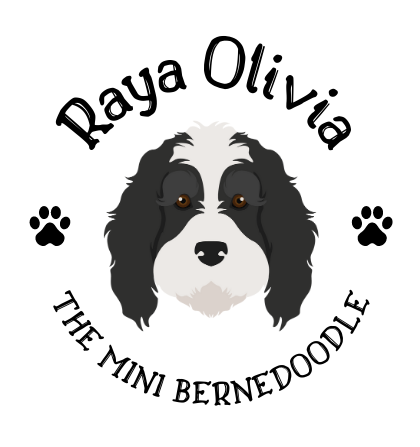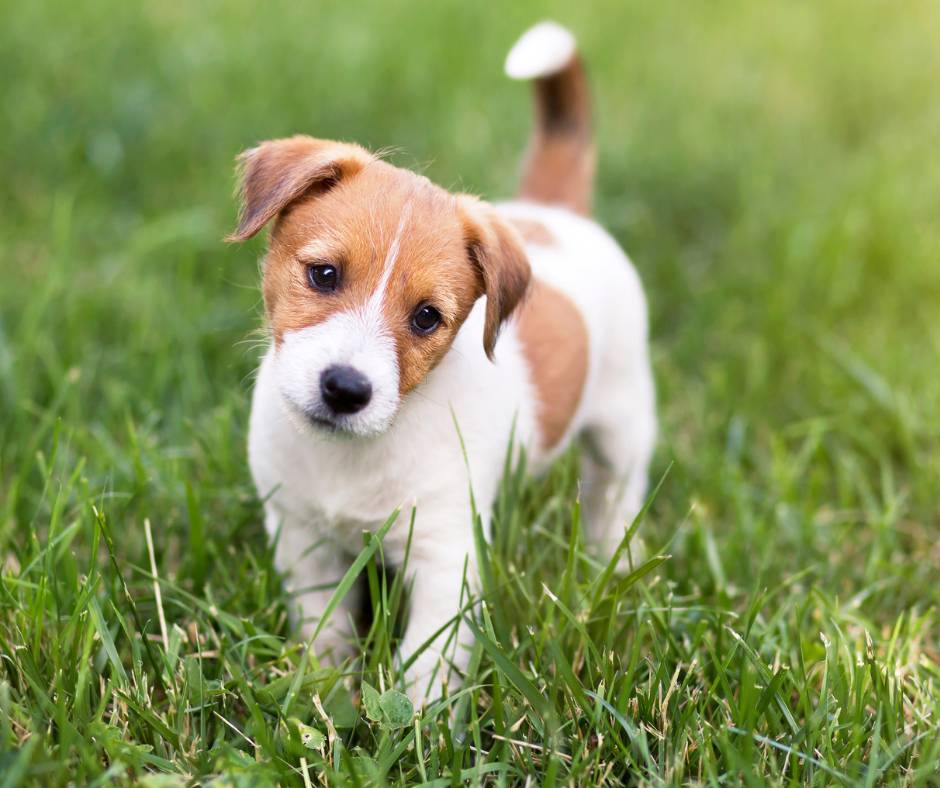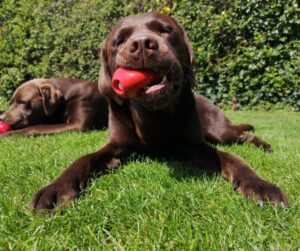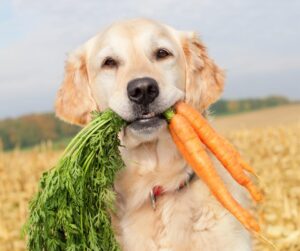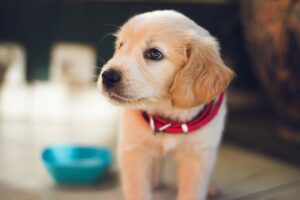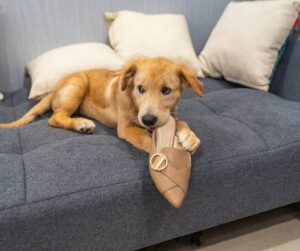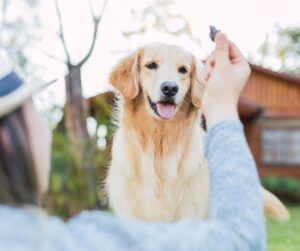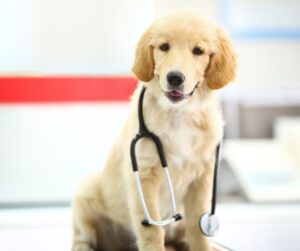How to House Train a Puppy: Potty Training 101
If you’re bringing a puppy home, you’ll want to learn how to house train a puppy.
While it requires patience, consistency, and dedication, house training is one of the first and most important lessons you’ll teach your new puppy. The rewards are well worth the effort!
In this blog post, we’ll guide you through the best way to house train a puppy, providing you with effective strategies and tips to set your furry friend up for success.
How to House Train a Puppy
Here are 10 easy to follow tips on how to house train a puppy.
Before we dive in, I’d like to assure you – you can do this!
House training a puppy can be tedious and frustrating, but following these 10 easy tips will set you, and your puppy, on the path to success.
Let’s get to it!
(Some of the links on this page are affiliate links. This means that, at zero cost to you, I will earn an affiliate commission if you click through one of the links and make a qualified purchase.)
Establish a Routine
Create a consistent daily routine for your puppy’s potty breaks.
Take them outside first thing in the morning, after meals, after play sessions, and before bedtime.
Maintaining a regular schedule helps your puppy develop a reliable bladder and bowel routine.
Take into account that the time between potty breaks may be very short at the beginning. According to the Humane Society, you may have to take your puppy out to potty as much as every two hours at the beginning.
This may seem like a lot of work, but rest assured that you will be able to extend that time between breaks over time.
To give you a general idea, here’s a general guideline of what you should expect as your puppy matures into full adulthood!:
| Age of Puppy | Frequency of Potty Breaks | Amount of Potty Breaks Per Day |
| 8-10 Weeks | Every 1-2 Hours | 8-12 Times a Day |
| 10-12 Weeks | Every 2-3 Hours | 6-8 Times a Day |
| 12-16 Weeks | Every 3-4 Hours | 4-6 Times a Day |
| 4-6 Months | Every 4-5 Hours | 3-4 Times a Day |
| 6+ Months | Every 6-8 Hours | 2-3 Times a Day |
Choose a Designated Potty Area
Select a specific spot outside where you want your puppy to do their business.
Take them directly to this area each time you go out for a potty break.
Consistency will help your puppy associate that spot with going potty.
Use Positive Reinforcement
Reward your puppy with praise, treats, or a favorite toy immediately after they successfully eliminate in the designated potty area.
Positive reinforcement reinforces good behavior and helps your puppy understand what is expected of them.
If you want a step by step guide on how to house train a puppy using positive reinforcement, check out our dog training resources here.
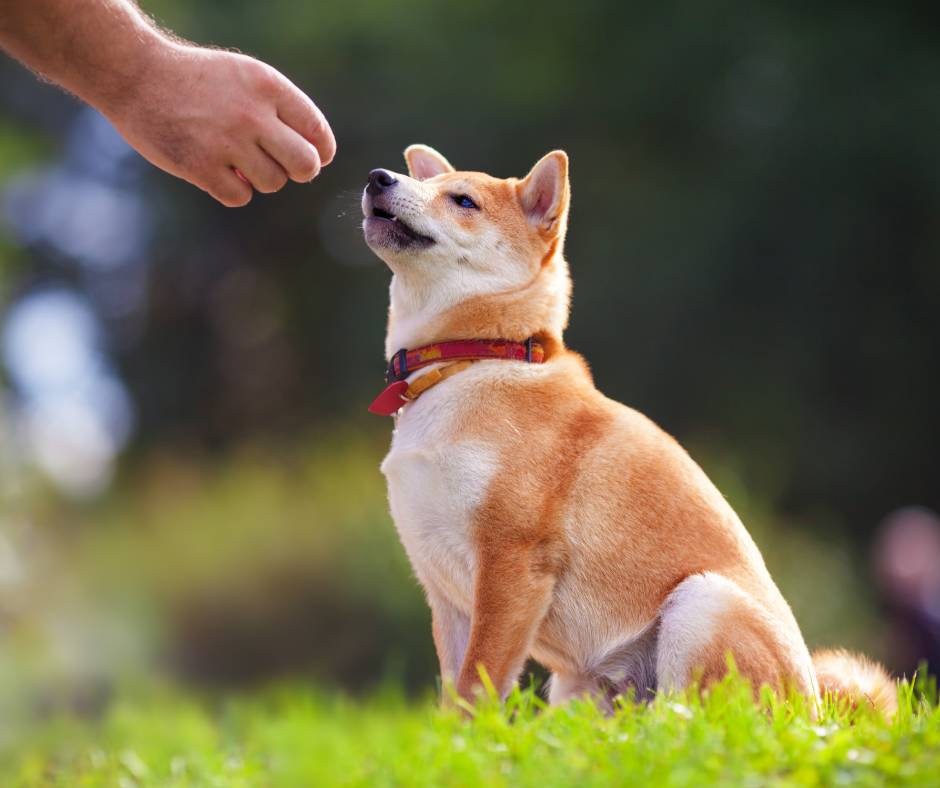
Supervise and Limit Access
When your puppy is indoors, keep a close eye on them to prevent accidents.
Use baby gates or a crate to limit their access to other areas of the house until they are fully house trained.
This helps reduce the chances of accidents and allows you to intervene and redirect them to the appropriate potty area.
Watch for Signs
Learn to recognize your puppy’s potty signals.
Common signs include sniffing the ground, circling, or restlessness.
When you notice these signs, take your puppy outside immediately to their designated potty area.
Use Verbal Cues
Introduce a verbal cue, such as “go potty” or “do your business,” when you take your puppy outside.
Repeat the cue consistently each time they eliminate.
Over time, they will associate the cue with the action and eventually go on command.
Clean Accidents Properly
Accidents happen, especially during the early stages of house training.
When accidents occur, clean them up thoroughly using an enzymatic cleaner designed to eliminate odors.
This helps prevent your puppy from revisiting the same spot.
Avoid Punishment While You House Train a Puppy
Never scold or punish your puppy for accidents.
This can create fear, anxiety, and confusion.
Instead, focus on positive reinforcement and redirection. Accidents are part of the learning process, and patience is key.
Monitor Food and Water Intake
Establish a regular feeding schedule and monitor your puppy’s water intake.
Avoid leaving food out all day and regulate water access to prevent excessive drinking, which can lead to more frequent potty breaks.
Be Patient and Consistent While You House Train a Puppy
House training takes time, and every puppy learns at their own pace.
Be patient, consistent, and understanding.
Celebrate small victories and remain consistent with your routine and training methods.
Related Posts
How to Train a Puppy Not to Bite: Nipping the Problem in the Bud
Bringing a Puppy Home: Making the First Day a Success
How to Get a Puppy to Eat: Tips From a Picky Eater
Conclusion
House training a puppy requires commitment and consistency, but with the right approach, it can be a rewarding experience.
Establish a routine, use positive reinforcement, closely supervise your puppy, and be patient throughout the process.
Remember, accidents are a normal part of the learning curve, so stay positive and focused on helping your puppy succeed.
With time, patience, and a little training, your puppy will become a confident and well-mannered member of your family.
Recommended Resources

Develop your dog’s “hidden intelligence” and eliminate bad behavior!
Create the obedient, well-behaved pet of your dreams with this proven, battle-tested program. Here’s what you get!:
- 7 modules of cutting-edge dog training science that takes your dog from preschool to Einstein mode!
- Tailor-made solutions for behavior problems
- Ability to submit questions directly to the trainer
- Online member’s area to access all the info on the go
- PLUS: 4 Bonus courses!
